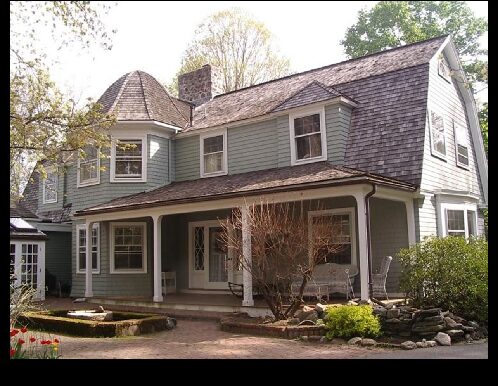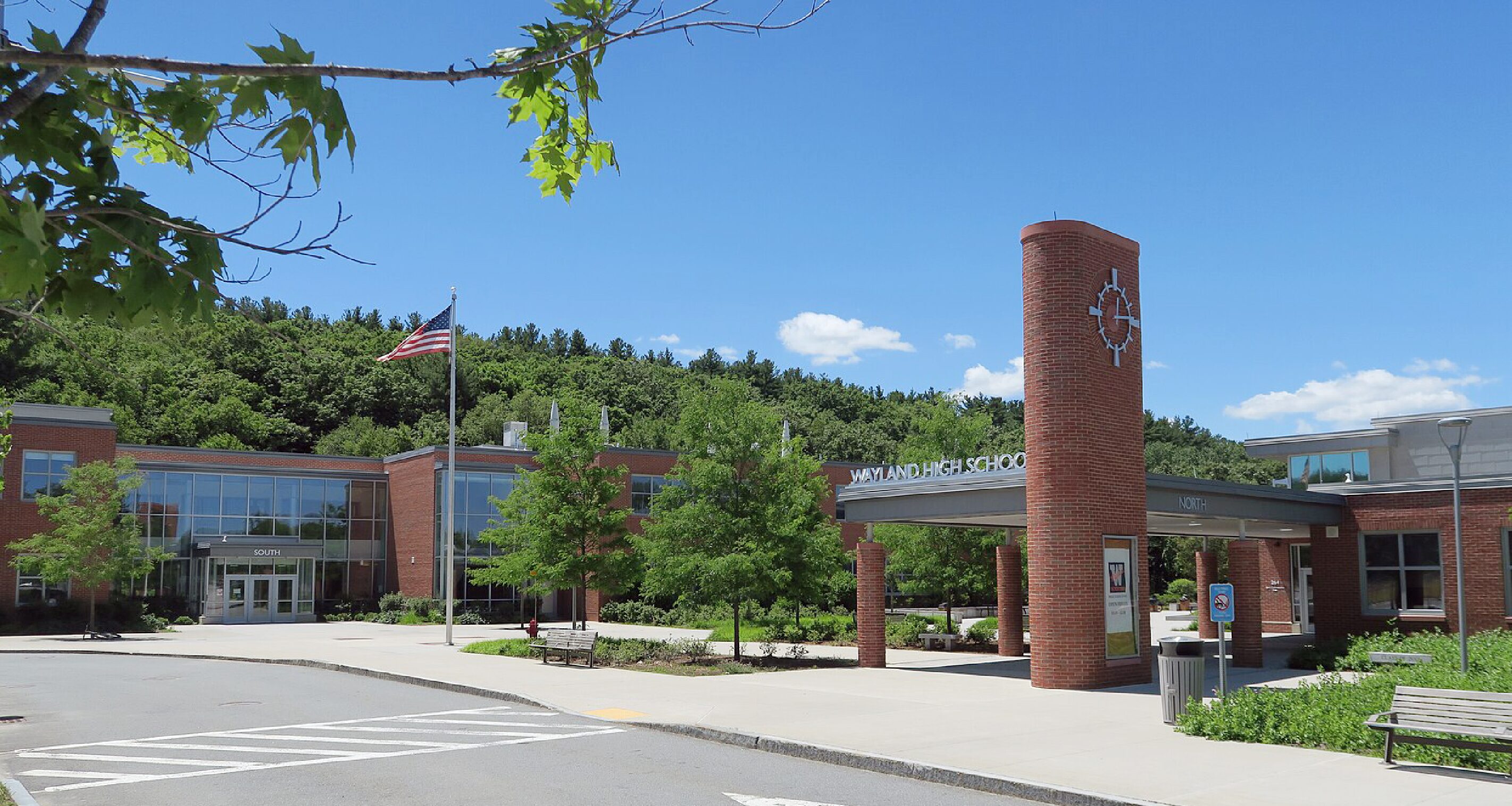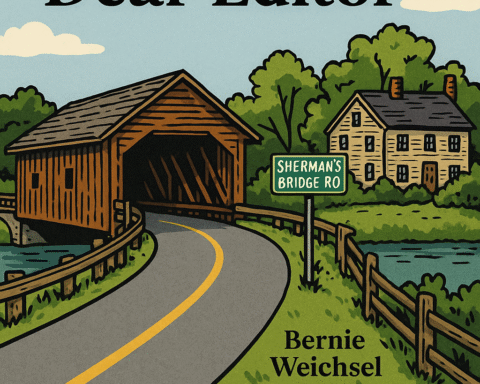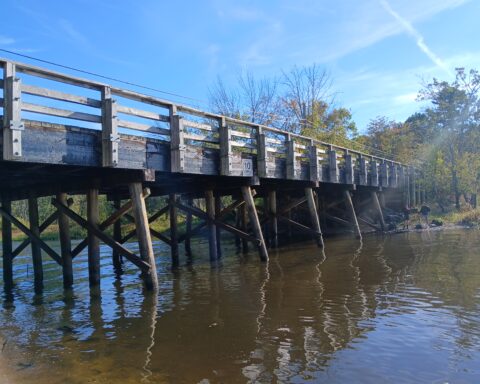If your house is old, or a notable person lived in it, or a significant event occurred there, it deserves recognition and may be eligible for a historic plaque.
Wayland’s Historical Commission is dedicated to preserving Wayland’s rich history, and one of the ways it does this is by issuing historical plaques to houses. The plaques mark the “buildings of historical and architectural significance,” according to Kay Gardner-Wescott, Wayland Historical Commission Chair. “The goal of this program is to highlight the long and varied architectural history of Wayland, and to remind residents and visitors of the town’s heritage.”
Unlike plaques awarded to homes of historical significance located in cities and towns with designated historical districts, “this plaque does not come with a requirement to maintain the house’s appearance, nor a requirement that future changes be reviewed; however, the commission urges owners of historic homes to maintain the building’s integrity,” Gardner-Wolcott said.
To be considered for one of these plaques, the house must meet the following criteria, according to the Wayland Historical Commission website:
- Age: Buildings that are of advanced age and retain significant original character and design
- Event: Buildings associated with a historic event of local, regional, or national significance
- Persons: Buildings associated with the life of a person or group who have made a notable contribution to local, regional, or national history
- Style: Buildings that embody distinctive characteristics of architectural or construction types
Some of the town’s notable historical homes are the William Bridge House, the Jonathan Fiske-Lorenzo Lovell Heard House, the Grout Heard House, the Captain Edward Pousland House, and the William Sayward House. The addresses of these notable homes, along with many other historical homes, can be found on the Historical Commission website at tinyurl.com/wayland-historic-homes. Many of those homes, constructed in the Colonial Revival or Federal styles, were built in the 1800s while others on the list were erected in the 1900s.
Preservation responsibilities
The Historical Commission, aside from considering applicants for historical plaques, also includes community-wide preservation planning and is “the only Town of Wayland authority charged with town-wide preservation responsibilities,” said Gardner-Wescott.
The Wayland Historic Districts Commission (HDC) regulates changes to exterior architectural features of properties located within Wayland’s Local Historic Districts that are visible from a public street, way, park, or body of water. This includes alterations to existing structures, demolition, additions, and new construction within the district boundaries. Changes to associated elements like stone walls, fences, driveways, and walkways are also reviewed.
















